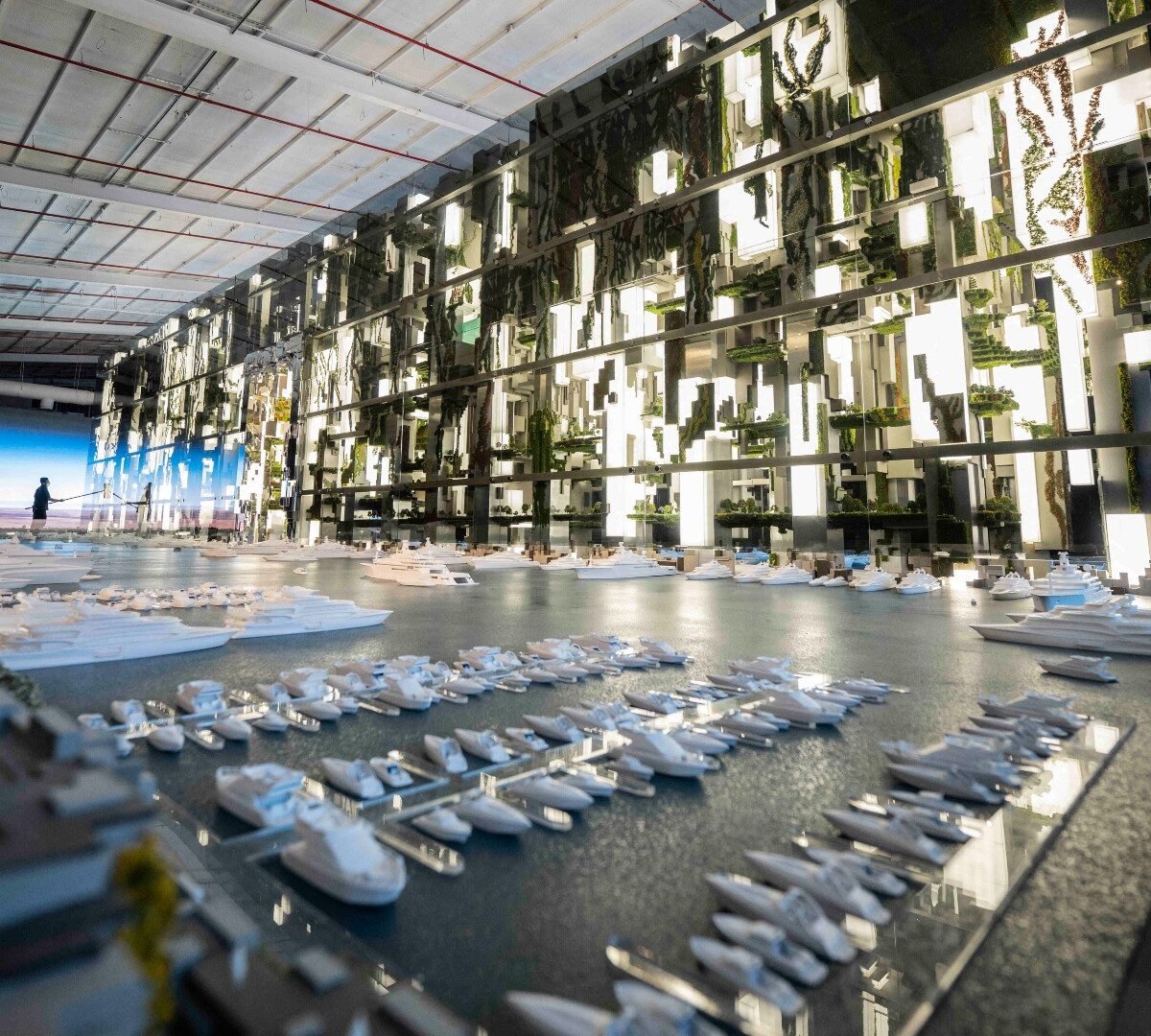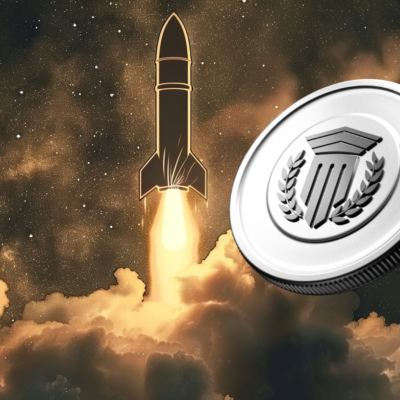Saudi Arabia’s sovereign wealth fund’s net profits plunged 60 percent in 2024, reflecting inflation and lower energy prices along with struggles to complete some of the kingdom’s flagship giga-projects.
Saudi Arabia’s Public Investment Fund (PIF) has more than $1 trillion dollars in assets and generated just $6.9bn in net profits in 2024, according to results it released on Monday.
PIF’s gross revenue rose 25 percent compared to last year. The jump was added by investments in local Saudi firms maturing, like the Saudi National Bank. But the rise was not enough to offset higher interest rates and what PIF called “impairments” on select projects.
PIF is the main vehicle for Crown Prince Mohammed bin Salman’s bid to diversify his country’s economy away from a reliance on energy. PIF has invested in local tech startups, sports, and luxury developments on the Red Sea.
But for now, oil still accounts for roughly 61 percent of Saudi Arabia’s revenue, according to its 2025 budget. PIF also generates money from owning shares in Aramco, the Saudi state oil company.
New MEE newsletter: Jerusalem Dispatch
Sign up to get the latest insights and analysis on
Israel-Palestine, alongside Turkey Unpacked and other MEE newsletters
Saudi Arabia’s spending benefited from higher energy prices after Russia’s 2022 invasion of Ukraine. But crude has since plunged to around $65 per barrel, despite the war between Israel and Iran.
Saudi Arabia has had to scale back some of its more ambitious mega-projects like Neom. The futuristic development was originally billed as a $1.5 trillion project that would be 33 times the size of New York City and include a 170km straight-line city known as “The Line”.
Instead of 1.5 million people living in the city by 2030, Saudi officials anticipate fewer than 300,000 residents. Meanwhile, only 2.4km of the city will be completed by 2030.
In April, the Financial Times reported that the CEO of the futuristic city had launched a “comprehensive review” of the kingdom’s mega-project, signifying more belt-tightening to come with falling energy prices.
Saudi Arabia has had trouble luring foreign investors to its programme, and PIF has had to carry the weight.
The fund owns US stocks like Uber and Meta and has invested in overseas infrastructure projects with Blackstone.
However, PIF governor Yasir al-Rumayyan said in October that the fund would focus more on the domestic Saudi market as it looks to advance the crown prince’s Vision 2030 programme.
Saudi Arabia has also turned to debt to finance its projects, which makes the kingdom’s goals susceptible to rising interest rates. In January, the fund raised $4bn in an international bond sale, and in June rolled out a new special purpose vehicle to issue short-term debt.
Saudi Arabia has seen solid demand for its debt among investors and has shown a willingness to run budget deficits. The kingdom’s 2025 budget expects a fiscal deficit of $27bn or 2.3 percent of GDP.
However, that number could rise.
According to a report published in April by the Arab Gulf States Institute, if oil prices were to average $65 per barrel in 2025, the deficit would likely be around $56bn or 5.2 percent of GDP.






